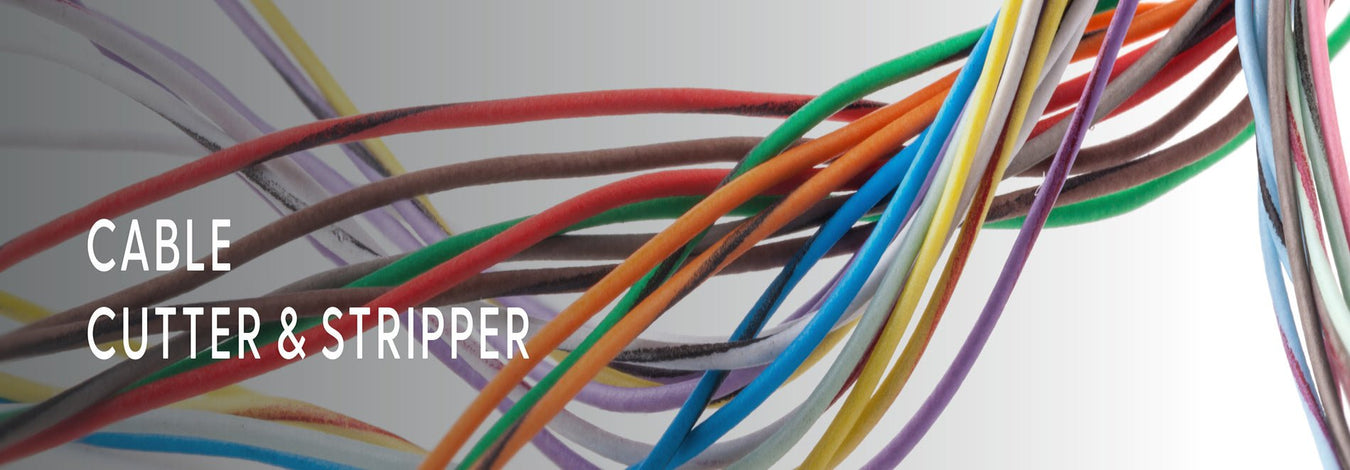
How Should I Maintain a Crimping Tool?
If you regularly make electrical connections, a cable /wire crimper is an essential tool in most projects. Like any other, crimping tools require proper continuous care and maintenance. Besides, this kind of practice ensures your tool lasts longer. However, most people don’t know how to go about it. For this reason, we shall look into various ways you can effectively maintain a crimping tool.
Read more: What is a Hand Crimping Tool Used For?
6 Best Ways to Maintain a Crimping Tool
1. Regular cleaning
When using a crimping tool, your crimping tool will often accumulate dirt, dust, and debris in the moving parts and the crimp cavities. Therefore, it’s a good idea to clean such parts of your tool regularly as maintenance. You should consider using a soft cloth or brush to clean the parts that get the most dirt: avoid using abrasives to avoid damaging your tool’s surface.
2. Lubricate moving parts
Lack of lubrication may sometimes affect the efficiency of your crimping tool. Therefore, it’s good to lubricate its moving parts (hinges, springs, and pivot points) after a while or after cleaning. It helps the tool operate smoothly and minimizes tear and wear. However, avoid over-lubricating as it may lead to improper tool functioning. Above all, consider adhering to the manufacturer’s guidelines on lubricating your tool.
3. Adjust and calibrate
Adjustment and calibration of your tool are among the best ways to maintain accuracy in creating quality crimp connections. Briefly, calibration ensures each crimp meets the required specification and reduces the risk of malfunction. How often should you do it anyway? Calibration intervals/timeframes vary depending on the tools you use, how usually you use them, and the specific guidelines the manufacturer provides. This process often requires additional tools, such as a precision caliper or micrometer, for measuring crimp dimensions. You may as well find a technician to help you with this process especially if you don’t know how to go about it.
4. Oil change
Some crimping tools, such as hydraulic crimpers, have an operating mechanism that uses oil. Therefore, you’ll need to check the conditions and levels of the oil regularly and do an oil change or refill the reservoir to ensure the crimping tool continues to function correctly. How often you change the oil varies depending on the manufacturer’s recommendation. For instance, some crimpers require an oil change after 500 hours, while others require 1000 hours of operation.
5. Proper usage
The first step to maintaining your crimping tool is to ensure you’re using the tool properly. For instance, only use the tool to crimp the recommended terminals (size and material) and avoid overloading beyond its recommended capacity. By doing so, you can easily maintain the crimp cavities and prevent premature wear and tear of your crimper.
6. Proper storage
Proper storage helps prevent some damage to your tool on the outer surface. For instance, storing a crimping tool in a cool and dry area helps minimize rusting or corrosion of the tool, which is likely to be caused by moisture. Therefore, consider storing your tools in a dedicated toolbox/ bag when not using it.
Read more: What is the Color Code for Crimp Wire Terminals?
Bottom line
Having a well-maintained crimping tool helps make quality crimp connections efficiently. Proper maintenance also improves the longevity of your tool, thus eliminating the need to buy new tools frequently. Practices such as proper usage, regular cleaning, calibration, and proper storage can significantly help you maintain your crimping tool.
Are you looking to replace your old crimping tool? iCrimp is the best platform for all wire/cable and pipe crimping tools. Our tools feature excellent ergonomic designs, quality build, and efficient operation mechanisms. Above all, they are affordable.
References





